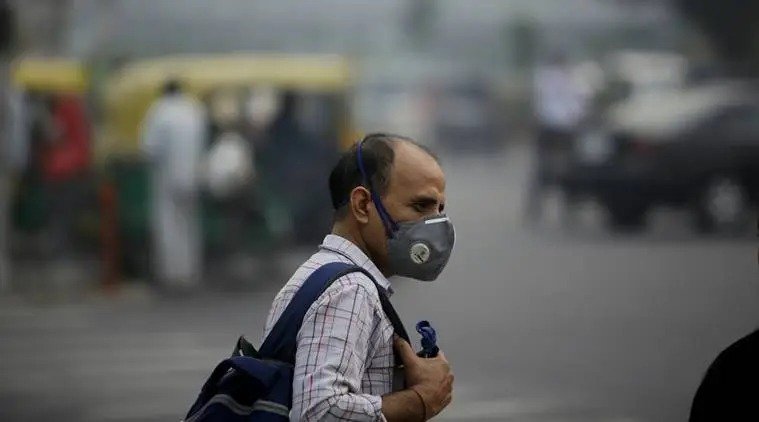Delhi continues to face a persistent environmental challenge of air pollution, with increasing levels of particulate matter, especially PM2.5, significantly impacting the air quality. This pollution has caused an increase in respiratory illnesses and raised the likelihood of heart attacks, presenting a major danger to public health.
A study conducted by IIT Kanpur over a span of seven years and published in October revealed that the levels of PM2.5 pollution in Delhi reach their peak during the months of October to January, specifically from the third week of October to the third week of November. It then starts to decrease slowly during weeks 2 and 3 of December and week 1 of January.
The study’s results indicate that between 2017 and 2023, the period from 10 pm to 11 am experiences the highest levels of PM2.5 pollution due to atmospheric conditions. It is very likely that there will be severe AQI episodes in the first week of January for a few days.
IIT researchers suggested a public advisory to tackle health problems caused by pollution in the peak smog season from October to January, aiming to lower health risks and relieve strain on public infrastructure.
It is recommended for residents to close windows at night and only open them during the afternoon in order to reduce indoor pollution.
Also read: Delving deeper into the classy Mahindra BE 6e!
It is recommended for families to schedule vacations or outings away from Delhi in early November, while communities are advised to postpone unnecessary construction projects until February.
The advisory suggestions also stress the significance of air purifiers, especially during nighttime rest, and support the greater utilization of electric cars and public transportation.
Additional advice includes choosing to walk on the downward slope of inclining streets to minimize exposure to vehicle exhaust and avoiding crowded areas while shopping or engaging in recreational activities.













